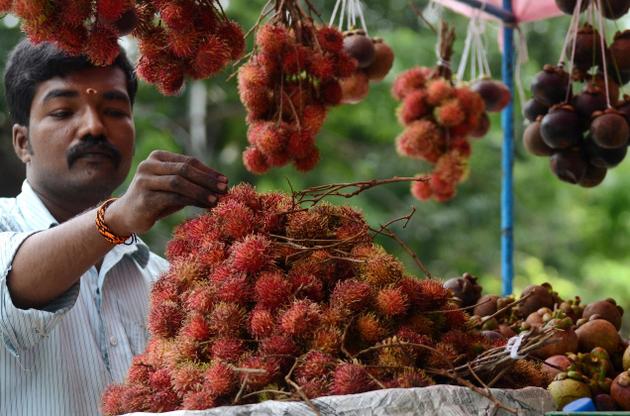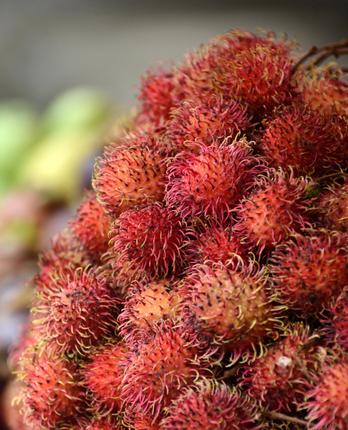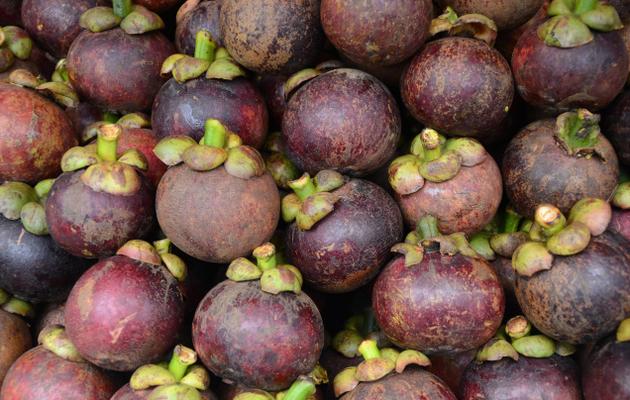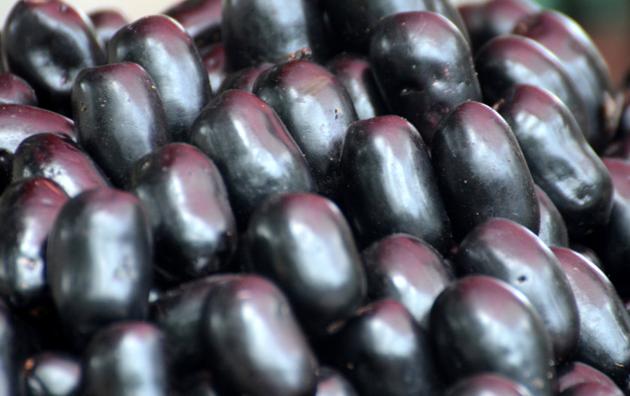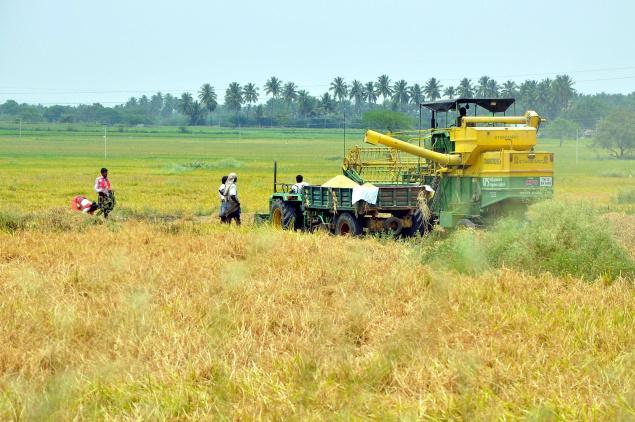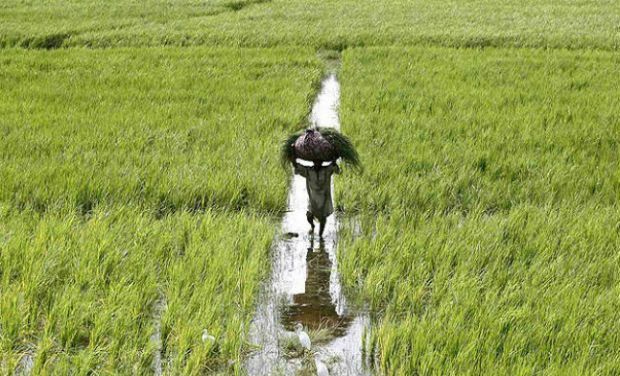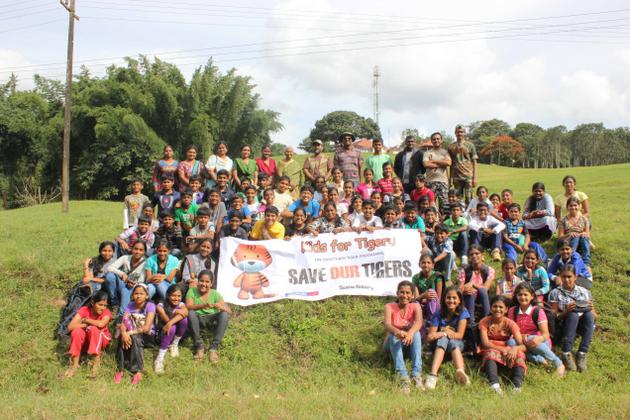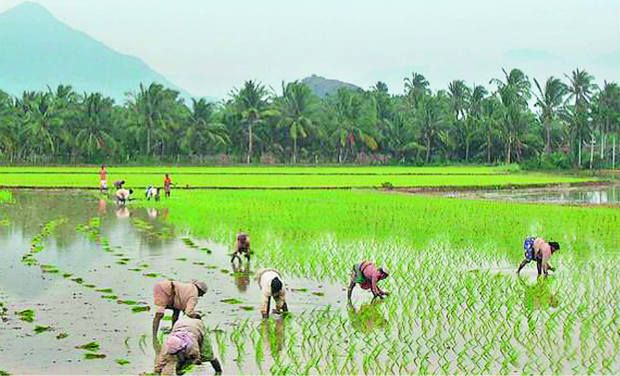
Thovalai, also known as Thovalai Vadakur, is a taluk located on the border of Kanyakumari and Tirunelveli districts near Nagercoil. Situated near Aramboly gap, a natural depression running through the Western Ghats, it connects Kanyakumari with the rest of Tamil Nadu. Thovalai is famed all over south India for its vast stretches of flower fields and the flower market. Due to the availability of all varieties of flowers in good quality at cheap rates, the demand for flowers from Thovalai is very high, especially during the festival seasons. Besides flowers, vast stretches of paddy fields and coconut groves can be sighted in and around Thovalai.
THOVALAI FLOWER FIELDS
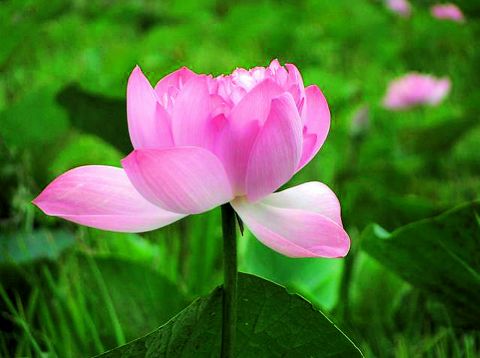
The village of Thovalai and its surrounding areas boast of extensive stretches of flower fields. Travelling from Nagercoil to Tirunelveli, one can see flower fields even adjacent to the road.
The region around Thovalai taluk cultivates a wide variety of flowers ranging from indigenous to alien ones. Conventional flowers like jasmine, kanagambaram and others are cultivated in various regions around Thovalai. Kerala is one of the major markets for the flowers of Thovalai during Onam festival. Besides Kerala, flowers are in high demand in other towns and cities of Tamil Nadu.
Years ago, Thovalai only had vast stretches of paddy fields and not many flower fields. The reason for the shift from paddy to flower cultivation was due to lack of adequate rains. Thovalai receives a meagre rainfall throughout the year. The agro-climatic conditions existing in the hill ranges, valleys and plains of the Kanyakumari district are ideal to nurture flowers.
The flowers are cultivated throughout the year, but the demand for flowers is very high during August and September.
Hence, June/July is preferred for cultivation as the region receives slight monsoon rains then. A small water body called the Thovalai channel starting from the Pechiparai dam flows through this village catering to the requirements of flower farmers. Otherwise, this villagers depend on water from wells.
The writer is a faculty at School of Tourism Studies, Mahatma Gandhi University, Kottayam.
Million dollar business
The prime tourist attraction of Thovalai is the Thovalai flower market. A wide range of flowers cultivated in adjoining areas like Radhapuram, Nanguneri, Sankarankoil, Palayamkottai and Tenkasi of the neighbouring Tirunelveli district find their way to the Middle East through the flower market.
The market opens as early as 5.30 am, closes by 11.30 am and is busy with vendors and buyers throughout the day. Within a few hours, flowers of various varieties worth lakhs are sold, with major buyers coming from faraway places like Thiruvananthapuram and Madurai. The flowers sold here range from Rs 20 per kg to Rs 200 per kg and above depending on the supply, demand, size and variety of the flowers.
The conventional flower market is not a regulated one with private parties conducting business with their own contacts and on their own terms and conditions.
The major flowers exported from Thovalai are malligai, pichi, kaakadai, kanagamparam, kenthi, sampangi, vaadamalli, rose, kozhipoo and chevanthi etc. The rates are varied based on the demand and supply with prices soaring during festival and marriage season in particular. Chrysanthemums, jasmine, malligai, arali, thovalai pacha and pichi are the main varieties having excessive demand during the festivals. Red lotus and white lotus are cultivated in the ponds, lakes and other water bodies of Thovalai. Even though flowers are exported in large quantities to different places from Thovalai, many varieties reach here from faraway places like Madurai and Cholavandan and roses, in particular, are coming from Bangalore.
source: http://www.deccanchronicle.com / Deccan Chronicle / Home> Lifestyle> Travel / by Abin K, DC / September 13th, 2013


